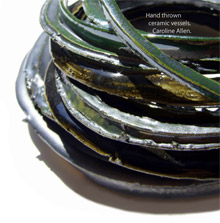Carola Metzner-Nebelsick (University of Munich)
In my paper I will focus on the question in which social and historical context technical and functional, as well as aesthetic innovations concerning European Bronze Age artefacts can best be understood. I will try to find answers why certain types of artefacts show patterns of long lasting formal traditions on the one hand, but simultaneously demonstrate a remarkable versatile appearance in stylistic variations or composition of ornaments.
Depending on the obvious selection of finds or groups of artefact types according to religiously motivated ritual requirements in the framework of various kinds of deposition contexts (i.e. graves, hoards) or other more time or material related filters (i.e. destruction or decay in the cause of time) I will mainly deal with functional groups of artefacts within an elite context such as sheet bronze corselets, wagon fittings and metal vessels. Although they adhere to functional and thus conservative basic construction principles they show a distinctive stylistic development with a large range of variations beyond the mere functional sphere and thus reflecting creative approaches in dealing with established artefact types.
Furthermore I will try to deconstruct the long lasting paradigm of an all encompassing ex oriente lux for certain artefacts referring to the example of body armour – especially bronze bell shaped corselets. I will try to explore the role inventions and creativity play within an elite context of the Late Bronze Age in Southeast and Central Europe and will contrast these aspects of creativity with aspects of taboo affecting creativity in that time and region. I will ask for reasons for the deliberate neglect of innovative or creative aspects within the a social context.


